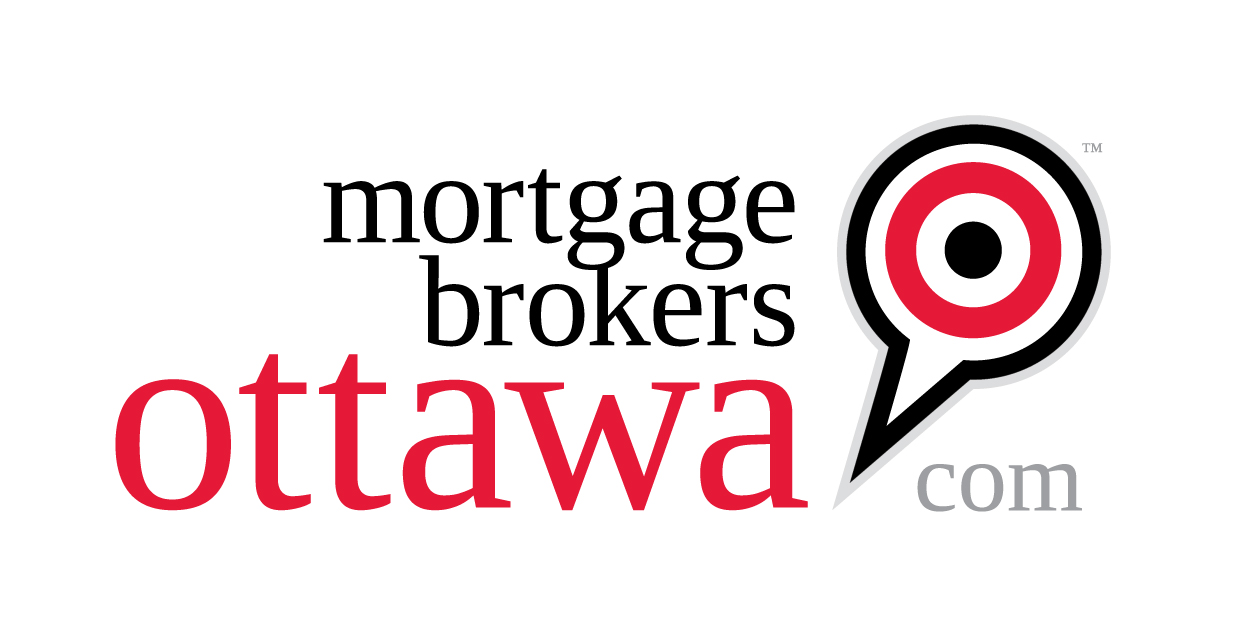Standard Charges vs. Collateral Charges
Standard Charges vs. Collateral Charges
Date Posted: June 26, 2024

When we talk about a standard or collateral charge, we are talking about the legal instrument that is used to register the mortgage terms with the Provincial Government to legally record the encumbrance on your property. You usually complete this through your lawyer, but for the purpose of refinances, you can also use title insurance companies to perform this process. The mortgage terms such as the rate or amortization can be the same with either a standard charge or a collateral charge.
STANDARD CHARGE
With a standard charge, the specific details of the mortgage loan, such as the amount, term and interest rate, are included in the charge that is registered on the title to the property. A standard charge only secures the mortgage loan that is detailed in the document, and not any other loans you may have with your lender, such as a line of credit. The lender must provide all of the details of your mortgage, such as payment and prepayment privileges, in a separate credit agreement.
- A standard charge registers the actual amount of the mortgage specifically.
- A standard charge is therefore able to accommodate an additional or second mortgage if required.
- A standard charge can almost always be assigned or switched to another mortgage lender without requiring new legal work.
COLLATERAL CHARGE
With a collateral charge, the specific details of the mortgage loan might not be included in the charge that is registered on the title to your property. A collateral charge can be used to secure multiple loans with your lender, including a mortgage or a line of credit. A separate credit agreement contains the specific terms of the mortgage loan.
WHAT YOU SHOULD KNOW ABOUT STANDARD CHARGES
Switching lenders: If you want to switch your mortgage loan to a different lender at the end of your term without changing the loan amount, then it may be possible to do so by assigning your mortgage to your new lender. This is referred to as an assignment (or a subrogation in Quebec), the existing charge is assigned to the new lender rather than being discharged and replaced with a new charge.
Registration amount: The charge is registered for the actual amount of the mortgage loan. For example, if you require a mortgage loan of $240,000 to buy a home that costs $300,000, the lender will register the standard charge for the actual amount of the mortgage - in this example, $240,000. Talk to your lender for more details. You only have to make payments and pay interest on the money you actually borrow, not on the amount of the registered charge.
Borrowing additional funds: If you want to borrow more money from your lender afterwards, you may be able to do so without having to discharge your current charge, register a new charge and pay the associated legal and other costs. This is possible because the charge might have been registered for an amount higher than your original mortgage loan or because you have paid down your loan and it can now go back up to the higher amount set out in the charge. Access to additional funds is not automatic. You will need to apply for the additional funds and re-qualify based on the lender’s current criteria, the property value and your ability to repay the new loan amount.
|
|
Standard Charge |
Collateral Charge |
|
Registration Amount |
Amount registered is the same as the actual amount of your mortgage loan. |
Amount registered may be higher than the actual amount of your mortgage loan. |
|
Borrowing additional funds at the end of the term |
You will need to register a new charge. There may be legal, administrative, discharge and registration costs. |
You may not need to register a new charge if the total amount of all loans is equal to or less than the registered amount of the charge. There may not be any legal, discharge or registration costs. |
|
Switching lenders at the end of the term (without borrowing additional funds) |
Typically, at the end of your term, other lenders will accept an assignment at little or no cost to you. |
Other lenders may not accept an assignment. You will likely need to discharge your existing charge and register a new charge with the new lender. All loan agreements secured by the collateral charge, such as a line of credit, must be repaid in full or transferred to the new lender. There may be legal, administrative, discharge and registration costs. |
